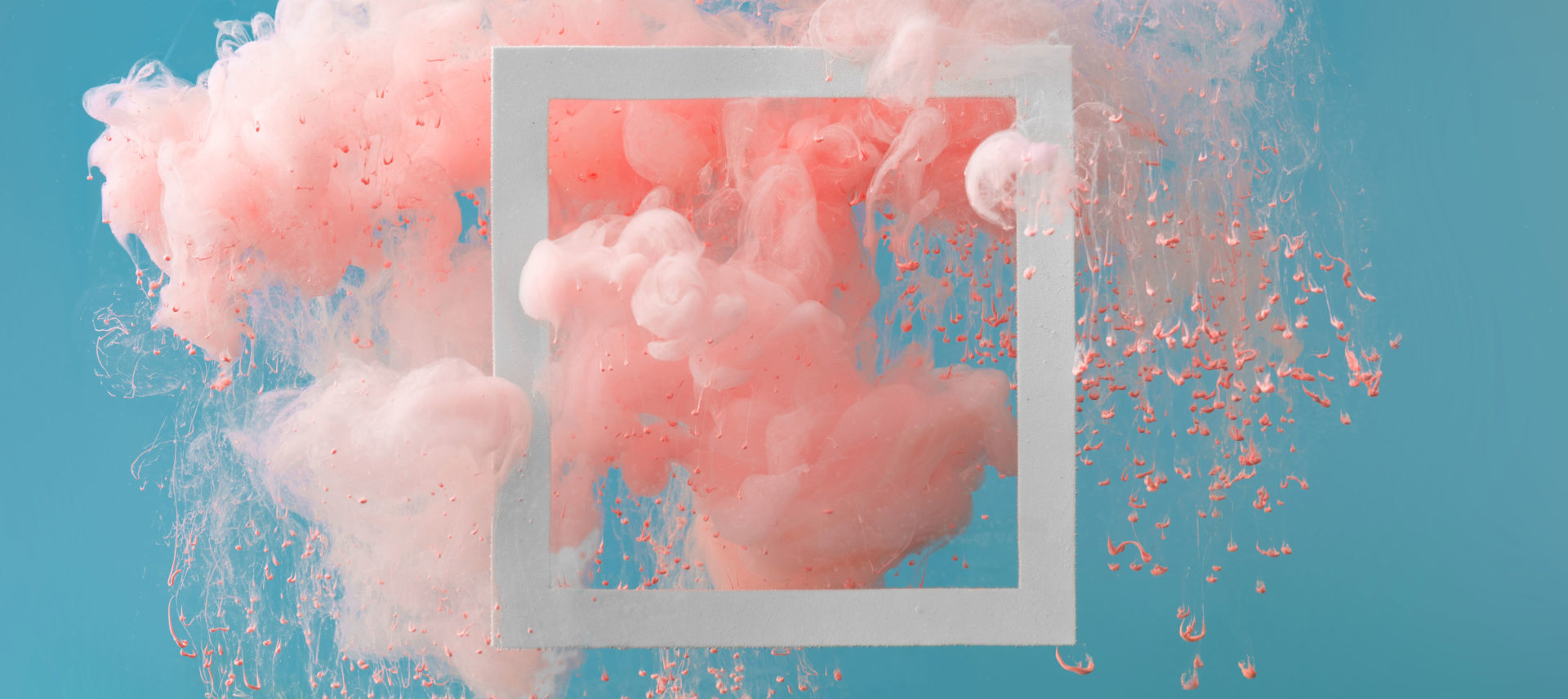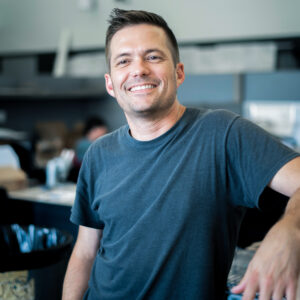
Article
Level Up the Product Design Process: 5 Tips to Unleash Your Team’s Innovative Power
You can’t force innovation from designers and engineers, but you can foster it. Learn how to get the product design process over the most common hurdles.
Believe it or not, designers and engineers are not machines… it’s not possible for them to produce high quality output all day, every day. Product development is not a linear exercise, and creativity simply can’t be forced. In fact, the more pressure your team feels to deliver a creative solution now, the more likely it is they’ll experience analysis paralysis.
Overthinking and over-analyzing a problem is a recipe for burnout, not success. But here’s the good news. While creativity can’t be forced, it can be fostered. And as an R&D leader, there are specific actions you can take to unlock your team’s full potential.
Here are 5 tips to help your team function at peak performance. Our designers and engineers use these strategies regularly to break past mental blocks and deliver the innovative designs our clients expect.
1. Take on Multiple Product Development Projects at Once
One of the best ways to position your team to solve a complex problem is to give them several projects to work on simultaneously. This allows them to pivot if they get stuck in one area and focus on something that requires a different set of skills.
For instance, they might spend some time on a project in the strategy phase. Conducting research and gathering data provides a break from that sticky design problem that they just can’t shake while still allowing the team to remain productive.
Just don’t overdo it. We’ve found most people can do best when managing two or three projects at once. Any more than that and you risk overtaxing your team, which can further shut down their creativity.
2. Develop Products from a Variety of Industries
Does your design team lack expertise in designing products for a particular vertical or industry? Great! Give them a chance to work on that industry’s new product anyway.
We believe that too much experience in one area is detrimental to innovation. After all, if you assign the same people to work on the same kinds of projects within the same industry over and over, what will that give you? Stagnant solutions. To reach a breakthrough, your team needs to get rid of the constraints they’ve learned to place on themselves over time.
For example, our experience designing flow valves and other industrial equipment was immensely helpful when we started a project designing a fuel pump. Like industrial equipment, a fuel pump needs design and surfacing selections that can withstand the full spectrum of weather conditions. They are also both large capital investments that companies don’t purchase very frequently, so they need to potentially last for decades. And, they also both come with a fairly high level of operational risk that requires intuitive and thorough safety features.
We’ve seen the power of a fresh perspective time and again. Our team once made more progress solving a client’s design problem in two weeks than the client had made in several years. We did this by inviting cross-departmental team members to the table. Many had zero experience in the client’s industry. Our team was able to draw on experiences in entirely different verticals to influence the solution we developed. And since we weren’t weighed down by years of baggage and failed attempts, we were able to attack the problem in novel ways. A great way to inspire out-of-the-box ideas is to cross-pollinate your team with people who’ve worked on a wide range of products.
3. Get Out of Your Chair — Ask for Help or Go Deconstruct an Existing Product
Walking away from a problem is often the first step toward solving it. Don’t let your team stay stuck. They should ask for help when they’re stymied. After all, there’s always someone who can help. Spitballing possible solutions with a colleague can lead to surprising discoveries. And at the very least, talking about a problem can get the creative wheels turning again.
It can also be helpful to seek inspiration in the real world. Try visiting a home improvement store, the local toy shop, or even the McMaster website for inspiration. We do this all the time. Browsing all the products on display and deconstructing an existing product in your mind is a fun way to generate ideas.
We had the opportunity to work with a client’s in-house engineer who had perfected this technique. Using components from products he found at Home Depot, he hacked together a crude but phenomenal concept for a medical device used in spinal fusion surgery. Engineers and designers naturally love to brainstorm, tinker, and explore. Encourage them to lean into this propensity. It’s an integral part of the design process.
4. Don’t Settle for the First Solution to Your Design Problem
If you want to foster true design innovation, refuse to settle for a good enough answer.
When M3 Design founder Terry Branson was a young engineer, his mentor often gave him design problems to work on. But when Terry handed over what he thought was a great solution, his mentor regularly said, “Great — now go come up with three more.”
Your team’s first concept might not be their best one. It’s human nature to look for the easiest, most obvious answer to a question. That’s why you need to push them beyond that initial idea to discover the truly excellent concept that’s waiting in the shadows.
Once you remove the path of least resistance as an option, your team will stretch beyond what they initially thought possible. When they start removing solution sets because they’ve already been used, they’ll activate their brain to think through analogous possibilities that just might prove superior.
5. Engage in Competitive Collaboration to Spark Design Innovation
If your team is up against a significant problem, it’s incumbent on you to pull out all the stops and help them overcome their collective mental roadblock. One way to do this is to create some friendly competition and make the process, dare we say, fun.
We relied on this technique a few years ago when our development team hit a wall with a persistent design flaw. First, we gathered as many designers, engineers, and strategists together as we could — most of which were not even assigned to the account. Then we laid out the problem and offered a reward to the team who came up with the best solution. Each team could create prototypes on the 3D printer, cobble together rough mock-ups using parts from other products, and essentially try anything they could think of to generate a winning concept.
But here’s the catch…they only had a few days to develop their concepts. Instead of pursuing every thought that popped into their heads, each team had to quickly decide which ideas had merit and which didn’t. They moved from ideation to implementation to testing within days. This helped each team zero in on the concepts with the highest likelihood of success.
Engaging in competitive collaboration helped the team break through the stagnation they were experiencing. And ultimately, we were able to present our client with design solutions that not only met their expectations, but also surprised them. In fact, the client asked us how in the world we pulled it off since they knew just how challenging the problem was.
You may not be able to hold a design competition every time your team is stumped. But when the really significant challenges arise, consider introducing some friendly competition to get their creative juices flowing.
Harness Your R&D Team’s Creativity to Develop Innovative Products
Innovative problem solving doesn’t happen by chance. To produce superior design concepts, make space for creativity in your product design process.
Your process can either keep your R&D team spinning their wheels or free them up to do their best creative work. The choice is yours to make.





